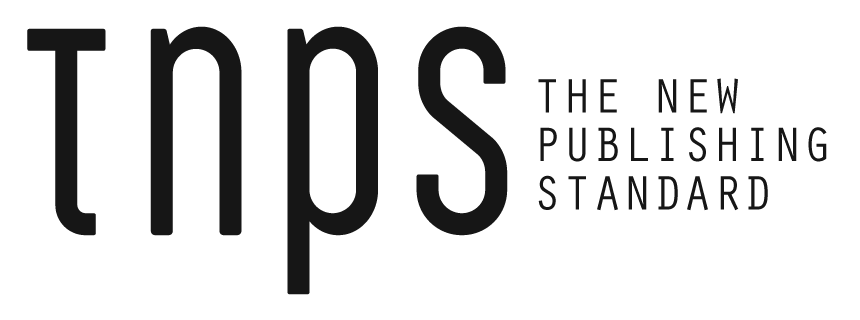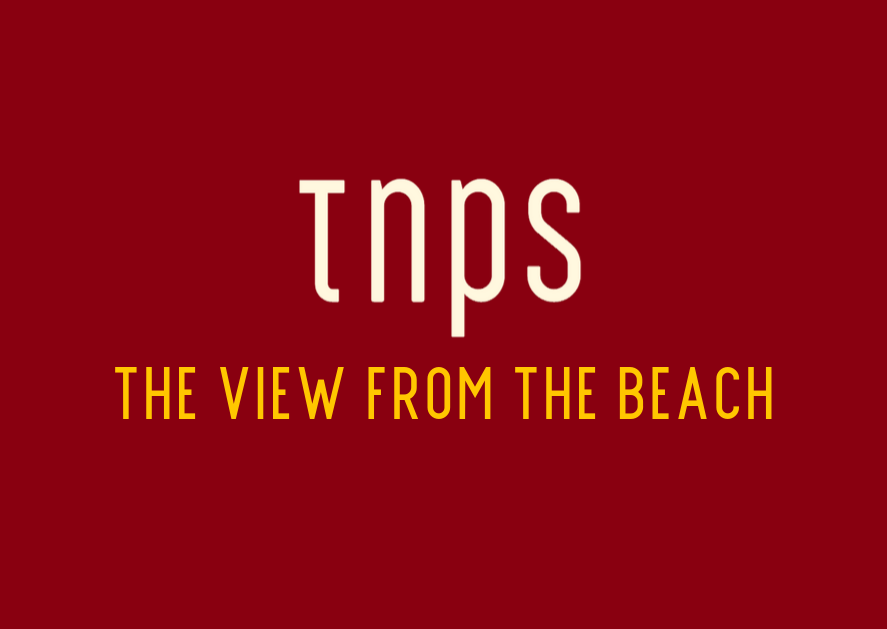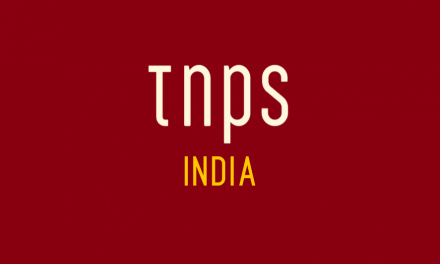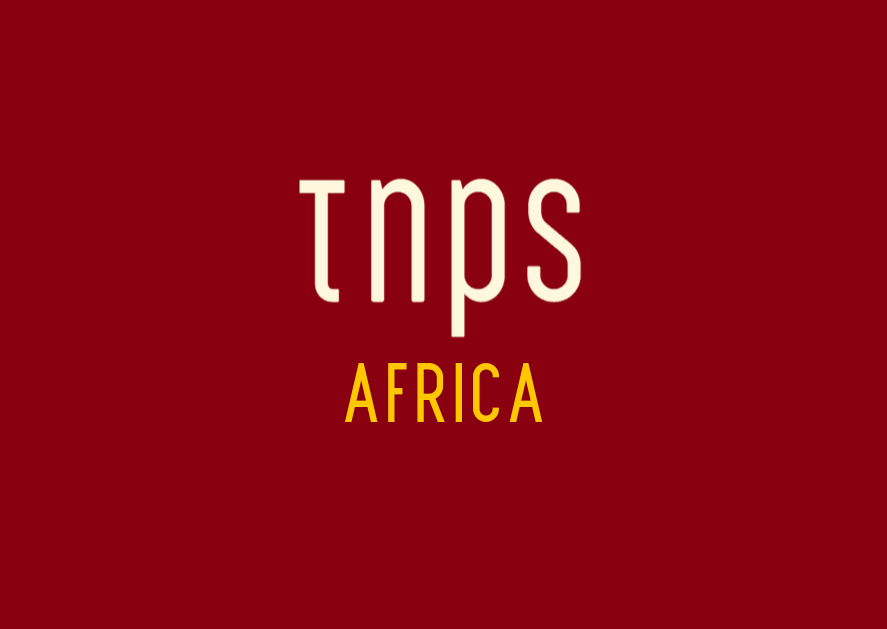Isaac Asimov’s narrative non-fiction – a transformative moment in my life.
A must-read article by Prashant Pathak over on LinkedIn discussed the need for more narrative non-fiction in the history arena, with the delightful term “Pulp-History” to show its populist appeal and intended audience.
Well, who could resist a prompt like that?
Back In Nineteen-Bow-And-Arrow
I fell in love with narrative non-fiction back in nineteen bow and arrow when I discovered Isaac Asimov didn’t just write great sci-fi, but also wrote about real science and about history in a compelling and narrative way where facts were entwined in a contextual story rather than lined up as trivia to rote-memorise like traditional school history books. A transformative moment in my life.
Fast-forward far too many decades, and as a teacher of all subjects here in The Gambia, I use the same techniques in the classroom, weaving facts and factual storyline together across subjects in a way that doesn’t just capture the child’s interest, but captivates them and drives them to want to know more.
Pulp-history. Pulp-science. Pulp-geography. Pulp-maths…
I’d love to see more books written this way for children and adults alike. Pulp-history. Pulp-science. Pulp-geography. Pulp-maths… And I’d love to see more books written across siloed subjects, because meaningful knowledge doesn’t come in conveniently-labelled packages. That’s just a convenience convention we inherited from an outdated education system that needs totally reimagining for the twenty-first century.
Meaningful History Teaching Needs Context, Not Rote Memorisation
Trying to teach kids about India’s rich history (I choose India as an example because Prashant is based there) is meaningless if the European kids being taught don’t know where India is on the map, and the Indian kids being taught do not know where Britain and Portugal, etc, are on the map. And for all, the science and maths and art and technology and religions and languages that shaped India’s history, along with the influences and influencers from Asia and the Middle East that we Europeans were never taught while at school, bring India’s history to life.
More Hours In The Week, Please
I’m sincerely hoping that as AI develops and adds more hours to my working week (I’m currently enjoying 5-10 hours a week extra productivity time across school and writing thanks to AI doing the mundane work so I can focus with a fresh mind on the detail) that I can make time to write more narrative non-fiction – maybe even a history of India! And – memo to the Luddite Fringe – of course I’ll not hesitate to use AI to assist me with the research and editing, although the words will all be mine.
This post first appeared in the TNPS LinkedIn newsfeed.





